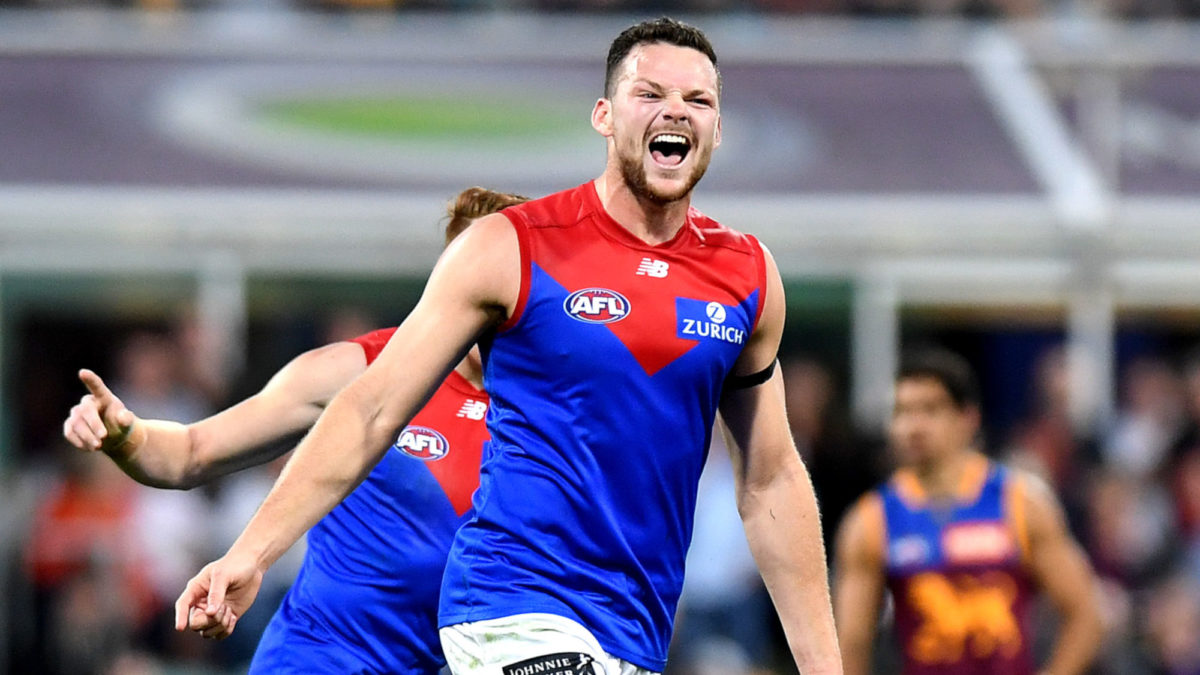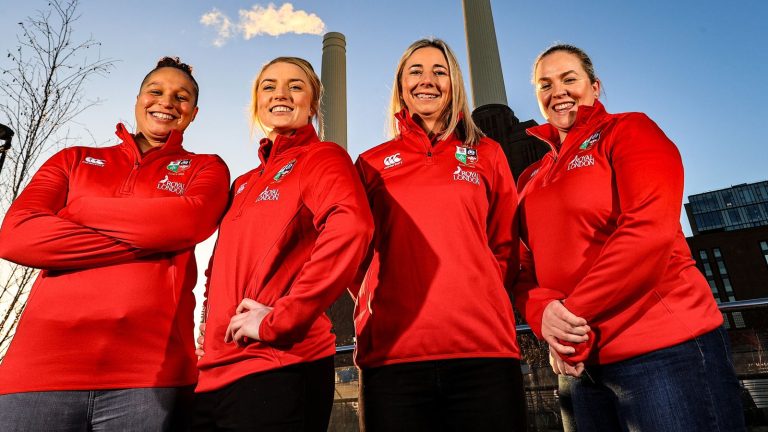The AFL Tribunal is, quite frankly, a circus in a suit.
For a system supposedly built to provide fairness and accountability, it instead feels like a chaotic lottery where outcomes are decided by vibes, headlines, and which way the wind was blowing at AFL House that day.
There is absolutely no rhyme or reason to it. It’s the closest thing footy has to a coin toss in a courtroom.
You can flatten a guy with a bone-rattling hit that clearly concusses him and walk away with a fine. Then the following week, someone else does a barely perceptible high tackle and gets three weeks for ‘careless, high contact, medium impact’.
What even is “medium impact”? Do they have a secret pressure gauge back there? Is someone measuring the emotional damage in units of how angry Twitter is?
Don’t even start on this new obsession with the action versus outcome debate. We’ve reached a point where it doesn’t matter what the player tried to do, only what happened at the end of it. You could have the best technique, the cleanest approach, but if the opponent accidentally gets hurt in the process? Suspension.
Meanwhile, someone launches into a bump, misses the head by sheer dumb luck, and the AFL shrugs because no damage done.
The inconsistency is mind-blowing. If you’re a star player like Christian Petracca, Patrick Cripps, or Nick Daicos, you’re more likely to get the benefit of the doubt, because let’s face it, the AFL needs you out there. But if you’re some battler trying to break into the senior side, or you play for a smaller-market club like North Melbourne or GWS, enjoy the VFL next week, mate. You’re not worth the marketing risk.
Then there’s the finals factor. If you’re up for a big game, suddenly the Tribunal grows a conscience and a soft spot. We’ve all seen the suspicious timing. A one-week ban magically disappears the second there’s a qualifying final on the line. But if it’s Round 9 and your team is battling in the bottom four, no mercy.
It’s as if the stakes determine the severity of justice. Not the act, not the rules, just the AFL’s desire to have a full-strength blockbuster.
The biggest joke is the Match Review Officer’s grading system. Careless versus intentional, high versus medium versus low impact, body versus head contact. It’s all meant to be scientific, but it plays out like a game of Tribunal bingo. There’s no transparency, no proper precedent. Just a bunch of guys sitting around deciding whether something looks bad enough to punish. It’s a gut-feel operation dressed up in legal jargon.
Let’s not forget the AFL’s desperate need to protect its image. If the media runs a highlight 37 times a day and the footy shows go into meltdown, the AFL is more likely to upgrade a charge just to save face.
It’s not about justice. It’s about headlines. It’s about being seen to take action, even if that means tossing common sense out the window.
It’s hard to know whether to laugh or cry at this point. Fans have stopped expecting logic. Coaches have stopped understanding the rules. Even the players are tiptoeing around like they’re trying not to trip a landmine. The physicality of the game, the essence of what made Aussie Rules great, is being replaced by confusion and paranoia. And the Tribunal, in all its buttoned-up glory, is sitting at the heart of it.
Bottom line: you don’t go to the AFL Tribunal expecting justice. You go there hoping for luck. And when your fate gets handed down, it’s less about what you did, and more about who you are, what round it is, and how angry the media is that week.
So yes, the Tribunal is broken. And unless someone grabs the wheel and applies a shred of consistency, we’re going to keep watching players punished for things they didn’t mean to do, while others skate free for things they absolutely did.
All because the AFL can’t decide whether it’s running a sport or a PR campaign.





